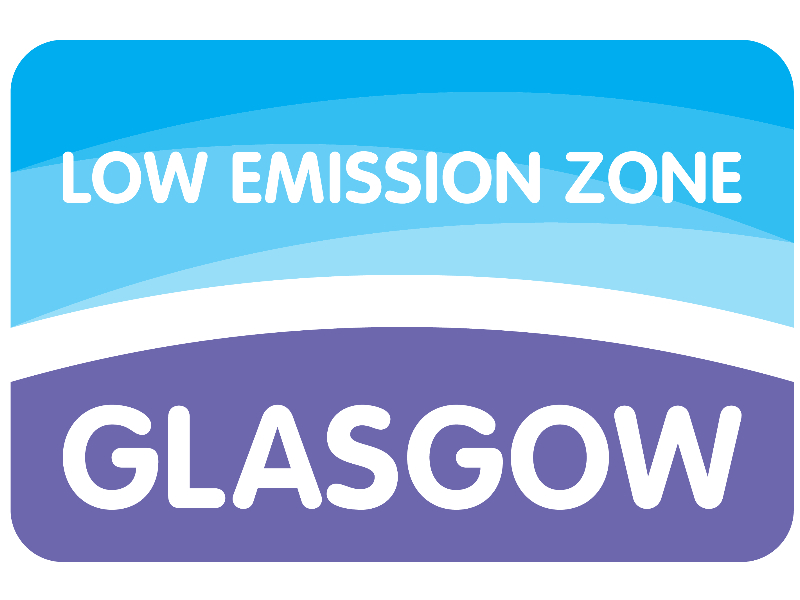- Glasgow City Council
- > News Archive
- > News Archive 2020
- > SEPA Results Show Positive Impact of Glasgow's LEZ
SEPA Results Show Positive Impact of Glasgow's LEZ
A report from SEPA, published (today) on Clean Air Day 2020, provides strong evidence that air quality in Glasgow has improved since the introduction of the Low Emission Zone in 2018.
The report contains detailed traffic and air quality data, demonstrates the benefits of the LEZ measures currently in place, and provides a clear rationale for the need for the next phase of the LEZ to be implemented to further improve air quality and public health.
![]() SEPA Report: Positive Impact of Glasgow's LEZ (Oct 2020) [3Mb]
SEPA Report: Positive Impact of Glasgow's LEZ (Oct 2020) [3Mb]

Phase 1 of Glasgow's LEZ only applies to local bus services. When the second phase of the LEZ is fully implemented in 2023, all vehicles entering the zone will have to meet specified exhaust emission standards.
The need for a LEZ covering the city centre area was evident after an extensive period of data collection which began in 2016, which had the aim of helping to better understand air pollution in cities. This data collection programme was co-ordinated by Transport Scotland in consultation with the council, Strathclyde Passenger Transport (SPT) and SEPA, with subsequent surveys undertaken during 2017 and 2018.
A detailed picture was generated which revealed that transport is the main contributor to air pollution. It was also shown that the emissions from the M8 had little impact on nitrogen dioxide concentrations within the proposed boundary of the LEZ.
The council operates an extensive air quality monitoring network across the city that measures a variety of the most common air pollutants, including nitrogen dioxide and particulate matter.
Since the introduction of the bus only LEZ in 2018, and as a greater number of cleaner, newer buses were introduced to the city's fleet, pollution levels have declined. Air quality has steadily improved across the city although certain streets continue to fail to meet air quality objectives.
COVID-19 restrictions which came into force from 23 March 2020 had a dramatic effect on traffic volume, flow, vehicle emissions and air pollution, all dropping considerably from January 2018 levels. Collection of different types of traffic data happened periodically during the lockdown period and included use of ATC (Automatic Traffic Counters) and ANPR (Automatic Number Plate Recognition) data at key locations.
The data in the SEPA report shows the effects of lockdown and demonstrates the link between reduced traffic flow and improved air quality. During lockdown, reductions in traffic levels resulted in significant drops in nitrogen oxide emissions and carbon dioxide emissions. This was in addition to the impacts of Phase 1 of the LEZ which focuses on cleaning the bus fleet to reduce nitrogen dioxide concentrations.
Based on the evidence to date, it is evident that future LEZ measures will further reduce emissions and help improve the air quality of Glasgow city centre. These benefits will also occur in the other cities as they implement their own LEZs.
![]() SEPA Report: Positive Impact of Glasgow's LEZ (Oct 2020) [3Mb]
SEPA Report: Positive Impact of Glasgow's LEZ (Oct 2020) [3Mb]





